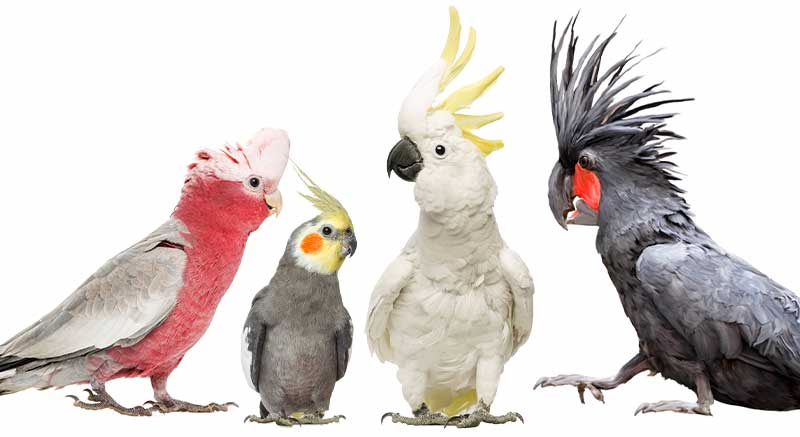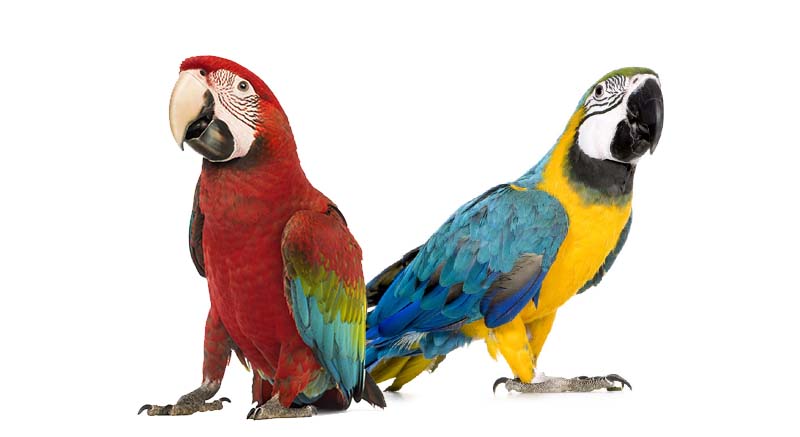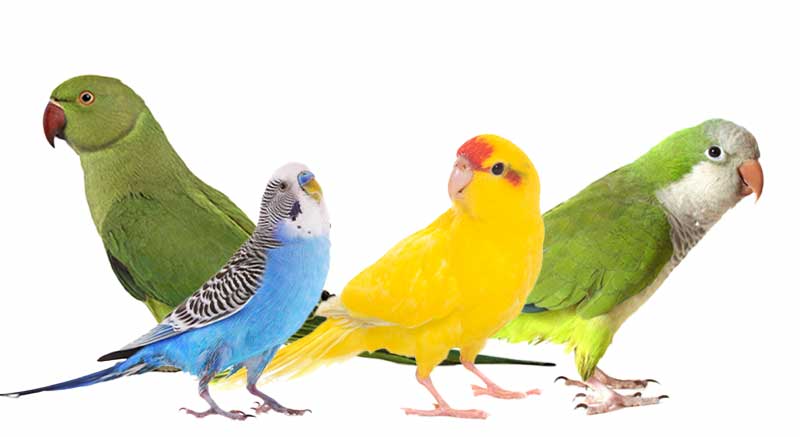
curved bills

A curved beak is a bird where the beak tip points downwards, in other words it literally has a curved beak. This curved beak is a very handy tool for a curved beak. They can climb with it, grab things, bite off if necessary, demolish or build things up. Curved beaks include different types of birds such as the parrot, the lovebird, the parakeets, cockatoos, macaws, lories and so on.
Read more>

curved bills
There are many different types of curved beaks, such as parakeets, but also different parrot species. Crooked beaks are generally smart animals that like to be active and can be trained well. Curved bills often like to have a buddy so that they have company when you are not at home. It is good to familiarize yourself in advance with the type of curved bills that you want to purchase so that you know what to expect in terms of behaviour, housing and care. Curved bills are very social and curious by nature and are therefore fun birds to keep.
Crooked beaks are generally intelligent animals that know very well what they like and don't want. We can teach them all kinds of things, there is even a gray redstart (Einstein) who can imitate all kinds of animal sounds and who has learned to answer many things just like a human being. The gray redstart is also the most kept of all parrot species in the Netherlands when it comes to the larger curved bills. If we look at smaller species of curved beaks, we see that the (grass) parakeet is the most commonly kept.
The food of crooked beaks
In general, crooked beaks eat seeds, nuts, fruits and vegetables, in varying proportions depending on the species of bird. But beware: if they get the chance, they often eat selectively. This selective eating behavior can cause problems in the short or long term. This is because in the selective eating behavior the need generally goes out for the fattest seeds and unfortunately not for the healthiest vegetables. They are in fact ''just like children'': if they can choose between Brussels sprouts or pancakes, 9 times out of 10 they will really choose that delicious pancake.
For curved bills, it is therefore important to ensure that you dose correctly in terms of food. Make sure that you do not feed too many seeds, crooked beaks will then selectively snack on the tasty seeds. In addition, the dried seeds that are available on the market contain virtually no vitamins and the diet should in any case be supplemented with fresh fruit, vegetables, etc. It is therefore best to give pellets to crooked beaks as a base. Pellets are chunks that are tailored to the nutritional needs of your curved bill. Pellets contain all the necessary nutrients such as vitamins and minerals in the correct dosage. The advice of avian vets is usually about 60 to 70% in pellets, about 20 to 30% in seeds and about 10% in fruit and vegetables.
The behavior of Crooked Beaks
In general, crooked-billed animals are social animals and do not like to sit alone. A size is often desired, but it must be carefully checked whether this size is suitable. This partly depends on the species of bird, but the individual character of the bird must also be carefully considered. Because maybe he/she prefers to be alone and not at all waiting for a (busy) boyfriend. Every curved bill is different in behavior and wishes, just like people.
Crooked beaks are best when they are tame. This can be achieved by starting this at a young age. Take your time for this, a bird is not tame one day! Take the bird with you regularly and then reward it with a (healthy) tasty snack. This can also be a piece of fruit or vegetable, for example. The more often you handle your bird, the more used it will become and the tamer it will become. Later on there will be another page about taming crooked beaks.
Different types of crooked beaks
Crooked beaks are again divided into different groups, the most famous groups are the parakeets and the (dwarf) parrots. We have divided this group into 4 groups. Each group is described separately, and all birds that fall under these groups are also discussed in detail. Do you want to know more about these groups? Then view one of the following 4 groups: lovebirds, cockatoos, Parrots of parakeets.

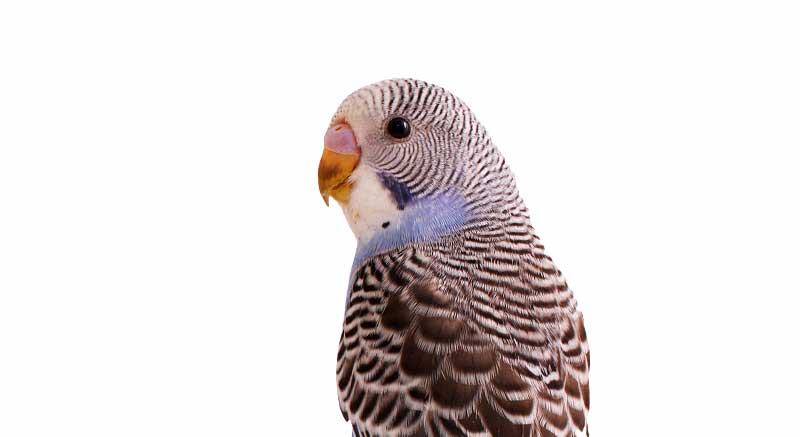
The Budgerigar
The budgerigar originates from Australia, where they fly around in groups of hundreds at a time. It is best to keep two budgerigars together so that they have each other and are not alone. The budgerigar likes to gnaw and scrape. So make sure you have enough challenge and demolition toys. The budgerigar can be kept indoors in a spacious enclosure, if the enclosure is too small, the risk of diseases, fattening and boredom is greater. We recommend a cage or aviary with horizontal bars so that the budgies can climb around in the enclosure. Budgerigars can also be kept outside in a spacious outdoor aviary with a draft/frost-free night house so that they have a safe and warm place when it is cold. Do you want to know more about the Budgerigar? View our extensive budgerigars page.

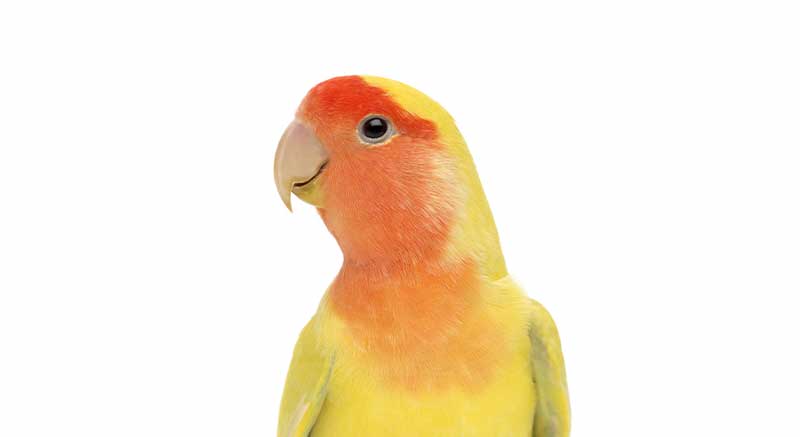
The Lovebird
The lovebird is originally from Africa where they fly around in large groups. The lovebird can be a noisy bird, so keep this in mind if you want to buy a lovebird. They are also fond of "demolition". They are very curious and cheeky and therefore very nice to keep as pets. The lovebird is nicknamed "lovebird". These birds are best together with a sweet companion. The lovebird can be kept indoors in a spacious enclosure. We recommend a cage or aviary with horizontal bars so that the lovebird can climb around in the enclosure. Do you want to know more about lovebirds? Then view our pages “lovebirds" Or "Lovebird Roseicollis".

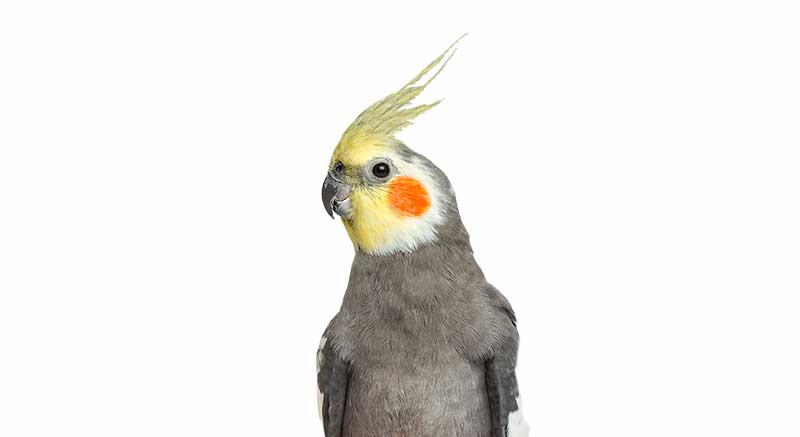
The Cockatiel
Like the budgerigar, the cockatiel comes from Australia where they live together in large groups. The cockatiel's character is calm and gentle. Like the budgerigar and agapornis, the cockatiel can also "demolish". It is wise to take this into account in advance and to furnish the enclosure with natural "demolition toys" from, for example, Back Zoo Nature. The cockatiel can be kept indoors in a spacious enclosure, there must be enough space to be able to fly. We recommend a cage or aviary with horizontal bars so that the cockatiels can climb around in the enclosure. Want to know more about Cockatiels? Then view our Cockatiels page.


Parrot-like
There are a lot of different parrot like. Of course they deserve the best accommodation and the best care. Read carefully in advance so that you are not faced with unexpected surprises. For example, most species of parrots can live to be over 50 years old! These species require extra attention and are capable of breaking down if left unattended. Parrot-like we mean macaws, cockatoos and parrots. They all have their specific needs and needs. Knowing more? Check out one of our Parrots, Cockatoo or Macaw pages.


